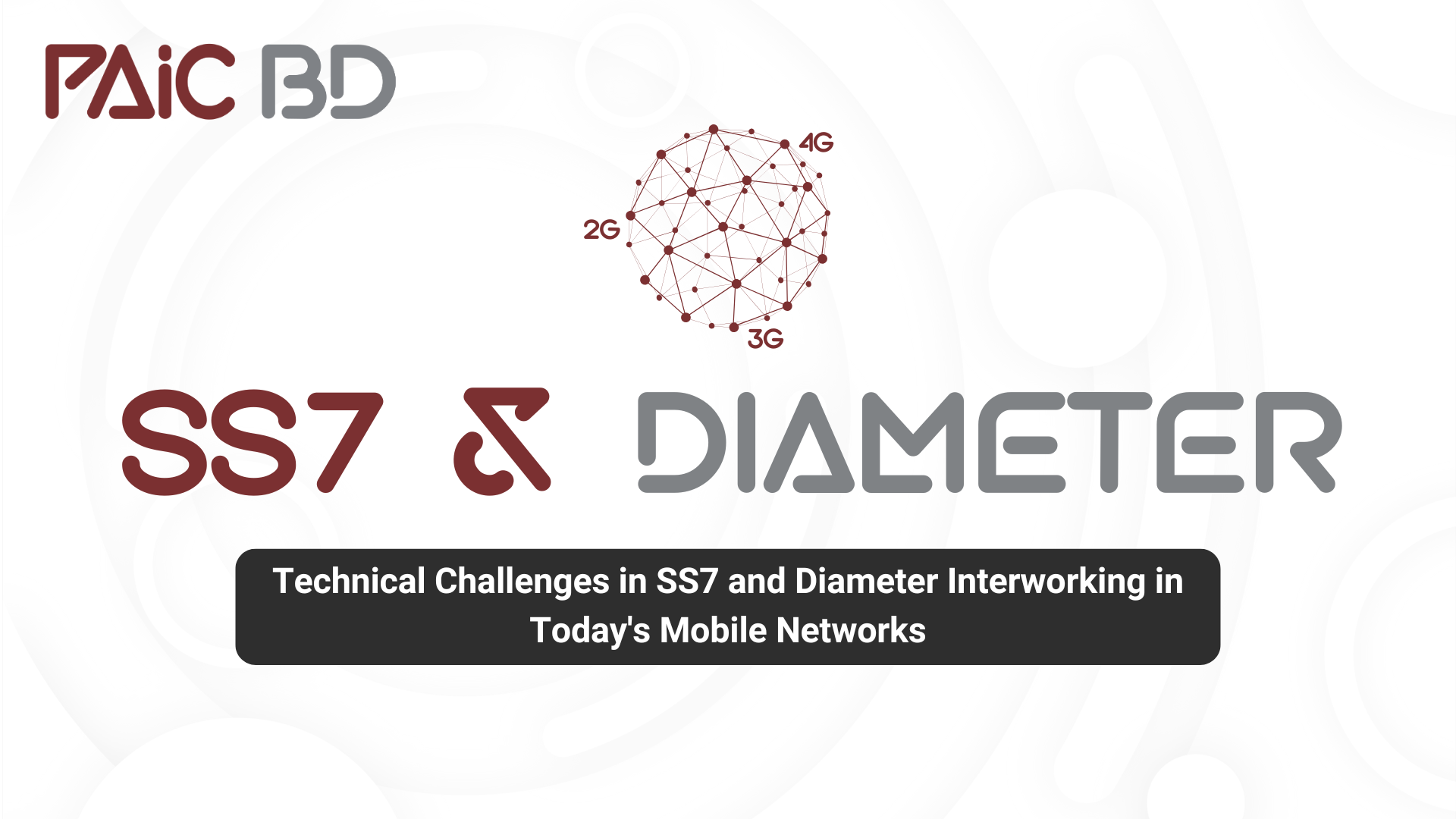
Technical Challenges in SS7 and Diameter Interworking in Today's Mobile Networks
In modern mobile networks, interoperability between SS7-based infrastructures and Diameter core networks remains a significant operational challenge. Despite the shift towards all-IP networks, real-world needs such as roaming, service compatibility, and technology coexistence make interworking a critical component for operators. These are some of the most relevant technical challenges observed in real deployments.
Incomplete translations and the need for adaptation
Not all messages and parameters between SS7 and Diameter have direct equivalents. This forces the creation of specific mapping rules for each operational scenario. Errors in translation can lead to failures in critical processes like user authentication, location updates, or SMS delivery.
Session state management and synchronization
Differences in how session state is handled between the two protocols can create inconsistencies, especially during roaming operations and technology transitions.
Bottlenecks in signal processing
Signaling volumes in 4G and 5G are significantly higher than in 2G or 3G. Interworking platforms must scale horizontally and handle traffic spikes without degrading service quality. Bottlenecks in processing can directly impact the end-user experience.
Subscriber compatibility in roaming environments
Ensuring interoperability of subscriber profiles between HLR (SS7) and HSS (Diameter) requires precise adaptation. Additionally, differences in how international operators interpret parameters add further complexity to implementing interworking rules.
Final thoughts
Interworking between SS7 and Diameter is not a theoretical challenge—it is a practical issue that directly impacts mobile service continuity, network security, and user experience. Specialized solutions like PAiC BD MGC Gw are designed to address these needs efficiently, integrating interworking functions, and scalability for modern environments. Adapting to these challenges is key to ensuring a smooth transition towards 5G and beyond.
